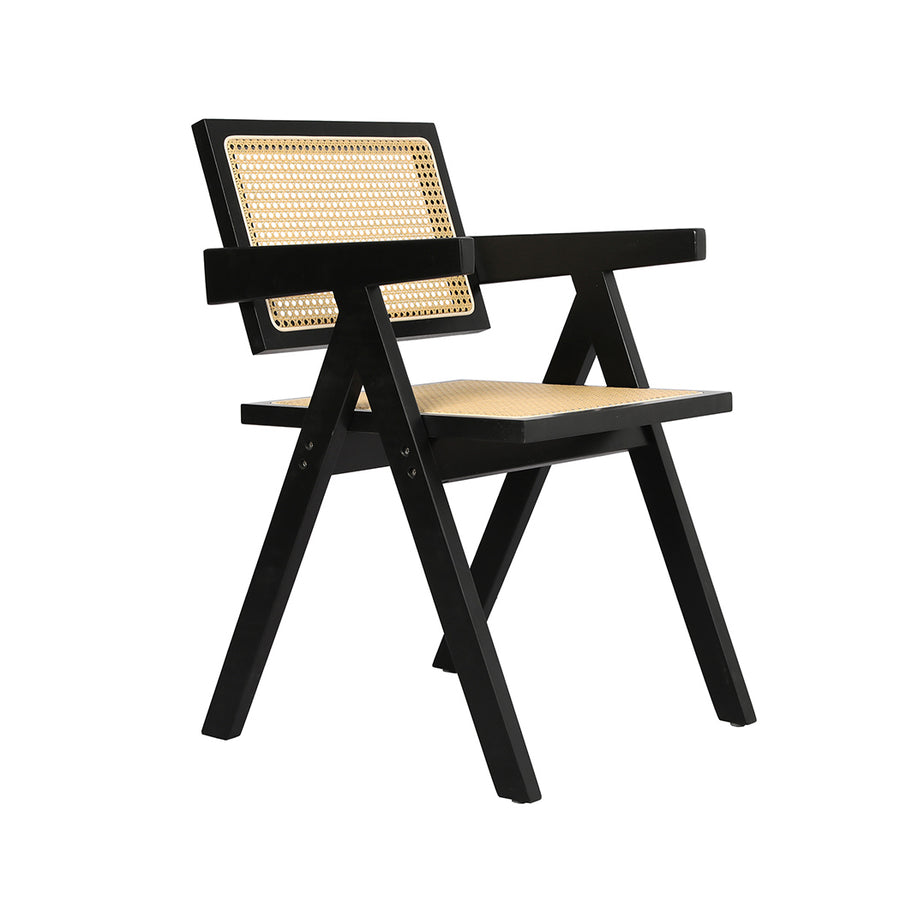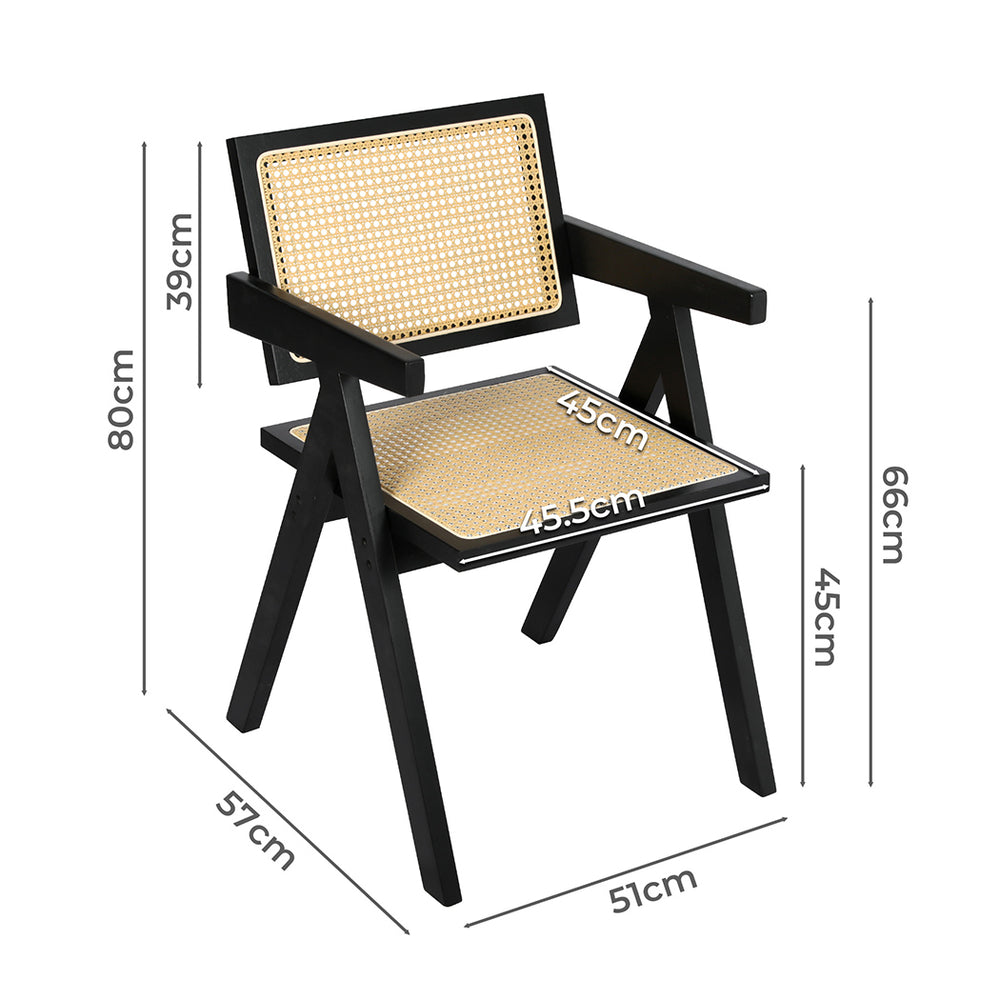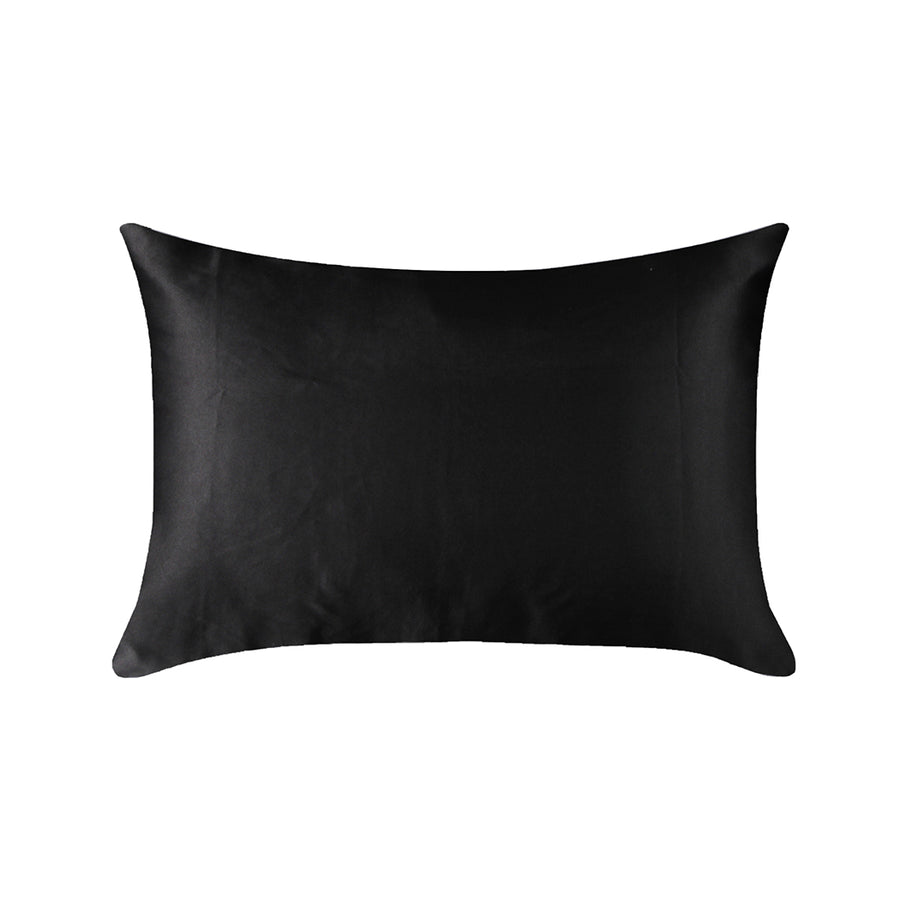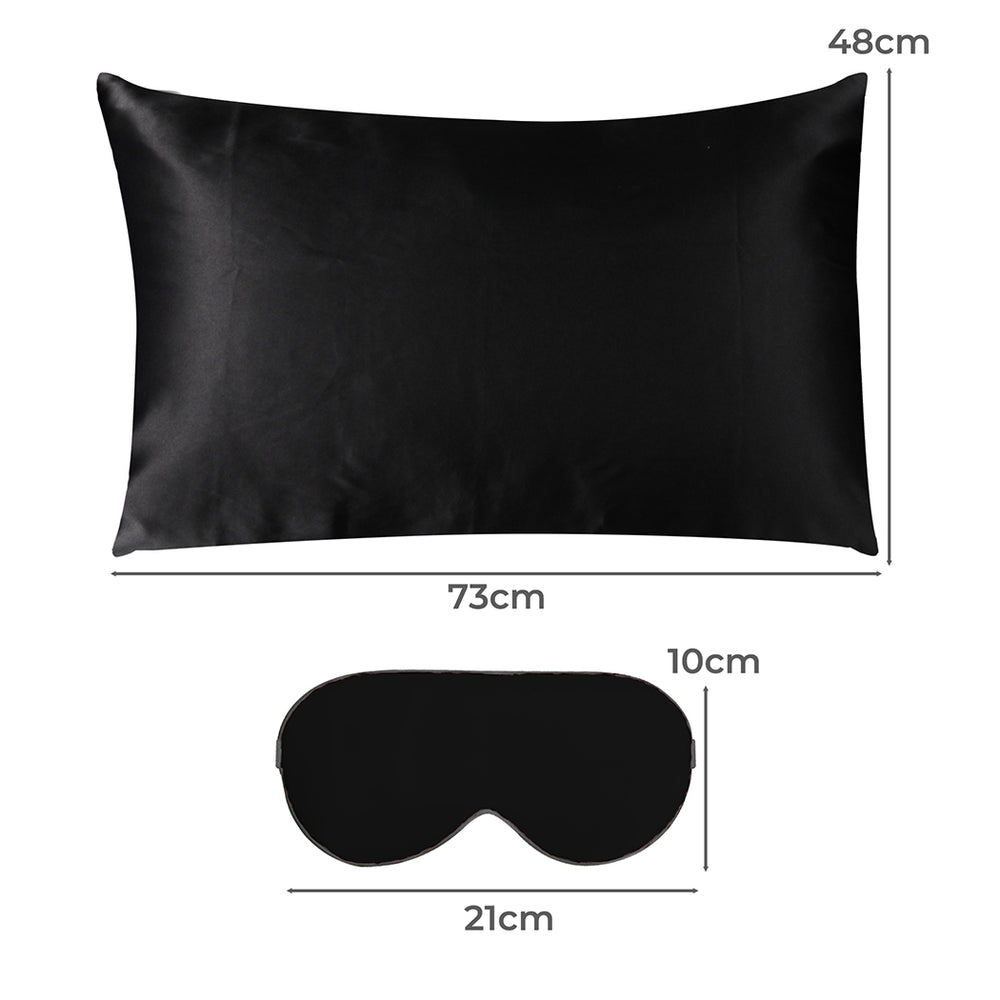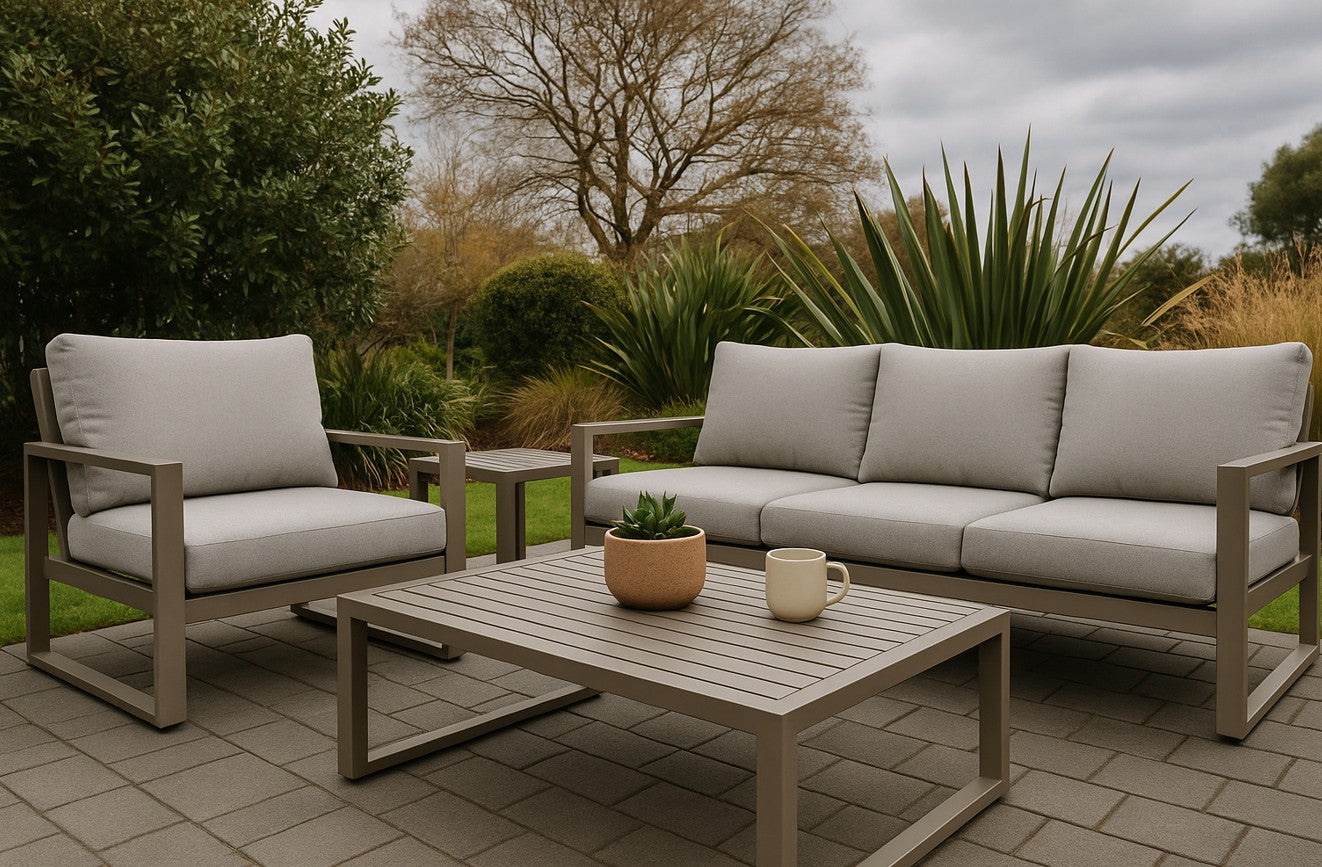
Outdoor Furniture That Withstands Melbourne Weather
Melbourne has a reputation for weather that keeps you guessing. Locals often joke about experiencing four seasons in one day — and anyone who’s spent an afternoon outdoors here knows it’s not an exaggeration. A morning that begins with bright sunshine can quickly descend into gusty winds, followed by a sudden downpour, and then return to warmth before dusk. While this keeps life interesting, it can be brutal on outdoor furniture.
Furniture designed for calm, predictable climates can warp, fade, crack, or rust quickly in Melbourne’s conditions. Choosing pieces that can endure the city’s shifting weather is vital if you want your outdoor space to remain inviting all year round. This article explains the materials, build quality, care habits, and local buying tips that help your furniture survive Melbourne’s unpredictable climate — and still look good while doing it.
Understanding Melbourne’s Climate Challenges
To choose furniture wisely, it’s worth understanding the types of weather punishment Melbourne regularly delivers.
Sudden temperature shifts: Melbourne is known for sharp swings within hours. When materials heat up rapidly and then cool quickly, they expand and contract. This cycle can weaken joints, crack finishes, and loosen screws.
Intense UV exposure: Australian sunlight is harsh, especially in summer. UV rays fade dyes, bleach wood, and make plastic brittle. Even a few weeks of direct sun can dramatically alter poorly made furniture.
Persistent winter rain: Melbourne’s winters are long and damp. Rain seeps into timber, causing it to swell, split, or rot. Metal left damp can rust, especially where welds or screws have worn off their protective coatings.
Strong winds: Gusty southerlies often roar through the city without warning. Lightweight furniture may blow over or get damaged by tumbling into hard surfaces.
Coastal salt air: For those living near Port Phillip Bay, salt carried on the breeze accelerates corrosion of steel, iron, and other metals. It can even damage paint and powder coatings if they are poor quality.
Each of these elements on its own can wear out furniture. Combined, they make Melbourne one of the toughest environments for outdoor pieces — which is why material choice and build quality are so crucial.
Choosing Materials That Can Survive Melbourne’s Weather
Some materials naturally resist the stress of Melbourne’s climate better than others. Below are the stand-out options for long-lasting outdoor furniture in the region.
Aluminium
Aluminium is one of the best choices for Melbourne balconies, decks, and courtyards. It is naturally rust-proof, which makes it ideal for coastal air. It’s also lightweight, so you can move it around easily — yet modern aluminium furniture is usually engineered with reinforced frames so it won’t buckle or warp. Look for powder-coated finishes, which add a layer of protection from salt, rain, and UV rays. One caution: because aluminium is light, it can tip over in heavy winds, so position it in sheltered spots or weigh it down when needed.
Teak and Spotted Gum
Hardwoods like teak and spotted gum are outstanding for enduring wet winters and scorching summers. Teak, used for centuries on boats, is rich in natural oils that resist water and insects. Spotted gum, an Australian native hardwood, has similar toughness and resists decay. These timbers don’t need much treatment other than a yearly coat of outdoor oil. If you skip the oiling, they slowly develop a silver-grey patina rather than rotting — which many people find attractive.
Powder-Coated Steel
Steel offers strong support for large tables or lounges, and when it’s properly treated, it can last many years outdoors. Look for frames that are galvanised and then powder-coated. Galvanising seals the steel against rust from the inside, while powder coating shields the outside. Be wary of cheap painted steel furniture, as paint alone can flake off and leave the frame exposed to rust.
UV-Stabilised Resin and HDPE
Synthetic wicker made from high-density polyethylene (HDPE) or other UV-stabilised resins is another excellent choice. Unlike natural wicker, which absorbs water and can rot, HDPE is waterproof, fade-resistant, and flexible enough to handle thermal expansion without cracking. These pieces also suit coastal areas because they don’t corrode in salt air.
Outdoor Fabrics
Fabrics are often the weak link in outdoor settings, but solution-dyed acrylics solve many issues. Unlike printed fabrics where colour sits only on the surface, solution-dyed fibres are coloured through to the core, making them resistant to fading even under Australia’s harsh sun. They’re water-repellent, quick-drying, and resist mould growth. Look for cushions with removable covers so they can be washed and dried easily.
Features That Signal Strong Build Quality
Even the best material can fail if it’s poorly built. When you shop, inspect the small details that hint at long-term durability:
-
Joinery and fasteners: Prefer welded or bolted joints over glued or nailed ones. Welds should be smooth and sealed. Stainless steel or galvanised bolts resist rust.
-
Drainage holes: Any outdoor chair or table that can collect water should have discreet drainage openings so water can’t pool.
-
Reinforced frames: Cross-bracing and thicker frame profiles help furniture withstand strong winds without wobbling or collapsing.
-
Stability: Wide bases and low centres of gravity prevent tipping during gusts.
-
Cushion design: Removable, zippered cushion covers make cleaning simple, while mesh underlayers let water escape and air circulate.
A little attention to these design touches can spare you from early repairs or replacements.
Care Habits That Extend Furniture Lifespan
Even durable furniture benefits from a bit of seasonal care. Routine maintenance will stretch the life of your outdoor investment:
-
Clean regularly: Wipe surfaces after storms to prevent mould or water stains. Use mild soap and water — harsh cleaners can damage finishes.
-
Oil timber annually: Apply outdoor furniture oil to teak or spotted gum once or twice a year. It helps repel water and keeps the surface smooth.
-
Protect fabrics: Wash cushion covers when needed, and store them indoors when rain is forecast for several days.
-
Use fitted covers: When furniture isn’t in use for long stretches, cover it with breathable, waterproof covers to shield it from dust, bird droppings, and UV exposure.
-
Move during extreme weather: If a major storm is predicted, bring lightweight pieces inside to stop them from becoming airborne hazards.
This simple upkeep keeps your furniture looking new while reducing long-term wear.
Local Considerations for Melbourne Buyers
Choosing the right product is easier when you work with suppliers who understand Melbourne’s conditions.
-
Buy from local makers or retailers: They design and stock furniture to handle the local climate.
-
Check warranty terms: Quality furniture usually includes three to five years of frame warranty and at least one year on fabrics.
-
Ask about spare parts: Being able to replace worn cushions, bolts, or slats locally saves you time and money.
-
After-sales support: Reliable Melbourne-based retailers often offer repair or care advice, which is far simpler than dealing with overseas suppliers.
Buying locally also helps ensure the furniture meets Australian safety and consumer standards, adding another layer of confidence.
Long-Term Value Over Short-Term Savings
It’s tempting to grab the cheapest outdoor set you see at a big-box shop, but this often leads to disappointment. Low-cost furniture can fade, rust, and fall apart within a single Melbourne season, meaning you’ll spend more replacing it. Quality furniture costs more upfront but pays off with longer life, better comfort, and far less maintenance. Instead of treating outdoor furniture as disposable, treat it as a lasting part of your home.
Melbourne’s climate is unpredictable, but your outdoor furniture doesn’t have to suffer because of it. By choosing weather-resistant materials like aluminium, hardwood, HDPE, and solution-dyed fabrics, checking for strong build quality, maintaining your furniture seasonally, and buying from local suppliers who understand the conditions, you can create an outdoor space that stays inviting year after year.
With a bit of planning, your furniture can stand up to whatever Melbourne skies throw its way — from blazing summer sun to drenching winter rain — and still look as good as the day you bought it.


